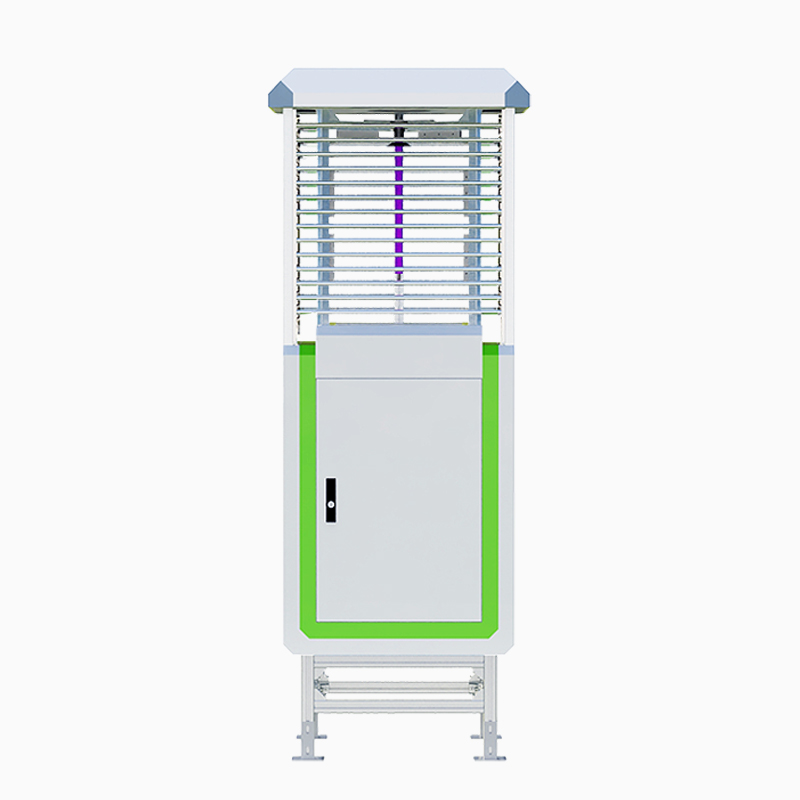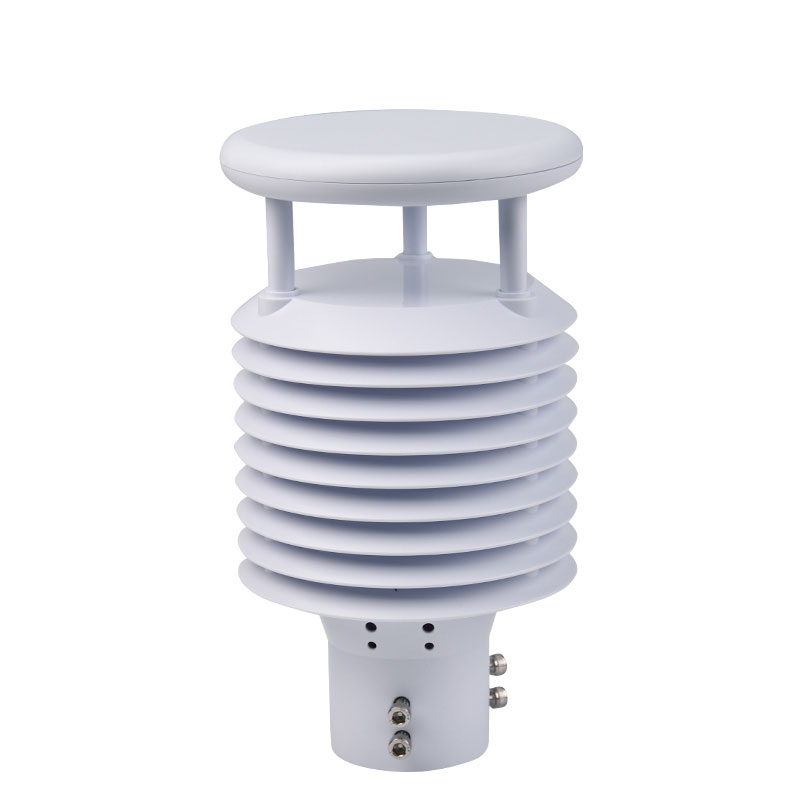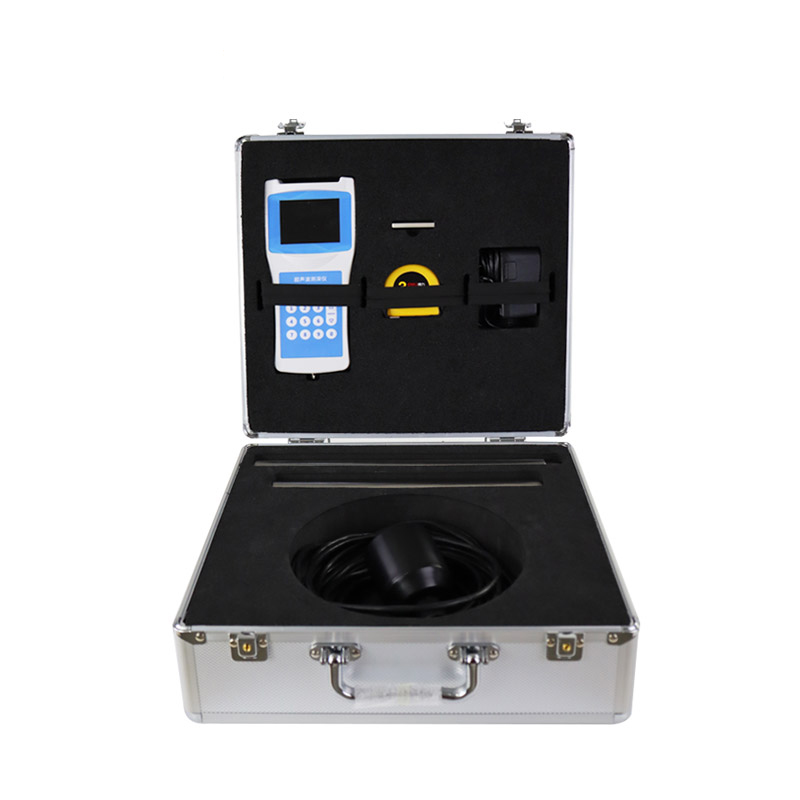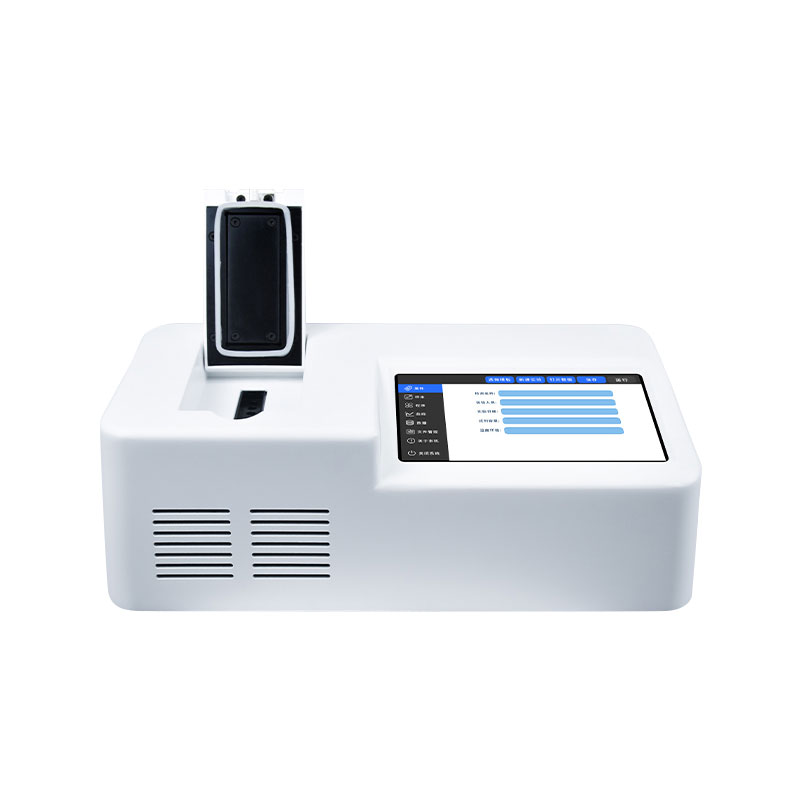Product Center
-
Hydrological equipment monitoring station
-
Water Quality Monitor Sensor
-
Plant protection equipment
-
Food Testing Equipment
- Rainfall Monitoring employs K-band radar for non-contact monitoring of rainfall and water level
- Wheat Fusarium Head Disease Monitoring System: A Wheat Disease Prediction Solution Based on Spore Capture and Built-in Model
- Water quality monitoring system: Integrated Water Quality Analysis Equipment for Monitoring Water Temperature, Conductivity, pH, and Dissolved Oxygen
- Soil Moisture Monitoring Simultaneously Monitors Moisture, Temperature, and Conductivity of Three Soil Profiles
- River flow and streamflow monitoring Integrated Water Level, Flow Velocity, Discharge, and Rainfall Monitoring
- Soil profile moisture meter can measure soil profile moisture, temperature, and electrical conductivity
Shandong Fengtu IOT Technology Co., Ltd
Sales Manager:Ms. Emily Wang
Tel, Whatsapp:+86 15898932201
Email:info@fengtutec.com
Add:No. 155 Optoelectronic Industry Accelerator, Gaoxin District, Weifang, Shandong, China

IOT Pest Monitoring Light
Model:FT-CQ4
Brand:fengtu
Related products
Product details
1. Product introduction of IOT Pest Monitoring Light
IOT Pest Monitoring Light is a new agricultural pest control device based on Internet of Things technology that uses light sources to trap pests.
Working principle: Use light, electricity, and CNC technology to achieve functions such as insect trapping, insecticide, and packaging. System operations such as insect trapping, insect killing, insect dispersion, photography, transportation, collection, and drainage can be completed automatically without human supervision, and then wireless transmission technology and Internet of Things technology can be used to upload environmental weather and pest conditions in real time. Go to the designated agricultural cloud platform.
Main purpose: to analyze and predict the occurrence and development of pests, provide services for modern agriculture, and meet the needs of pest forecasting and specimen collection.
2. Main structure of IOT Pest Monitoring Light
Host material: spray plastic
Base: The height of the base is 320mm, which is used to prevent rainwater from pouring back into the central control box during the rainy season.
Blinds: Bird proof
Screen: 10.1-inch touch screen
Insect catcher: 8-bit automatic transfer
Overall machine size: 710*600*2120mm (including base)
Components: insect trap, impact screen, insecticide device, high-definition camera, main control system, mechanical components, rain and snow sensor, light sensor, professional metal box frame
3. Technical parameters of IOT Pest Monitoring Light
1. Meet the safety requirements and technical requirements of GB/T 24689.1-2009 plant protection mechanical insect alarm lamp standard.
2. The conveyor belt automatically delivers insects and cleans automatically
3. It can be set and controlled in different time periods, and both automatic and manual photos can be taken.
4. Automatic conversion of the insect catcher and eight-digit automatic conversion system to ensure that the insects trapped in 8 time periods are not confused.
5. The insect bodies are evenly spread on the conveyor belt. The conveyor belt can accurately send all the trapped insects to the shooting area of the high-definition camera device, and vibrate, disperse and smooth the trapped insects to ensure that every insect is The characteristics of the insect are clearly photographed.
6. The working mode can be set remotely, wireless photography can be taken remotely, and terminal device parameters can be set remotely.
7. Built-in GPS positioning function, you can view device site and other data on the map, and the device can be tracked if stolen.
8. Infrared insecticide, far-infrared insect treatment chamber temperature control: the temperature reaches 90±5℃ after 15 minutes of work, and the treatment time can be adjusted at will.
The lethality rate of far-infrared insect treatment is not less than 98%, and the insect integrity rate is not less than 95%.
9. Light control: automatically turn on the lights at night and automatically turn off the lights during the day (standby). In the night working state, the working state is not affected by instantaneous strong light.
10. Time period control: Set working time periods according to the living habits of target pests.
11. Rain control system device: A separate drainage system structure automatically drains rainwater, effectively separating rain insects so that there is no accumulation of water in the box.
12. Power supply: Voltage fluctuation range: 220V±60V, with leakage protection device.
13. Lightning protection device: effectively prevent lightning strikes.
14. Various environmental parameter interfaces such as wind speed and direction, ground temperature and humidity, lighting, and rainfall can be added.
15. Network mode: A variety of networking methods, 4G and WIFI, can be selected at will, and can be managed online anytime and anywhere.
The 16 detection and reporting lamp has a built-in 1600W pixel image acquisition device, which can collect pictures of the insects on the insect receiving tray in real time through the camera.
4. Installation method of IOT Pest Monitoring Light:
1. Determine the installation location of the insect detection equipment and prefabricate a cement platform with a certain thickness in advance.
2. Place the base on the cement platform and drill holes according to the position of the fixing foot holes of the base. Drill two fixing holes for each fixing foot.
3. Insert the 8 expansion screws in the accessories into the drilled holes, match the base fixing holes with the 8 expansion screw holes, and tighten with a wrench.
4. After confirming and testing that the base and the cement platform are stable, lift the device onto the base, match the mounting holes, and use screws to securely connect the device to the base.
5. IOT Pest Monitoring Light pest reporting platform:
The pest forecasting and reporting platform is a system that integrates advanced technology and intelligent management. It is specially designed for agriculture, forestry and other ecological environment monitoring fields, aiming to improve the accuracy and efficiency of pest monitoring. Here’s a detailed breakdown of the platform’s main features:
1.Multi-role permission management and data isolation
Separate account login and management: Ensure that different users (such as administrators, operators, data analysts, etc.) have access to corresponding data and functions according to their responsibilities and needs.
Fine-grained permission control: Achieve precise control of data permissions and operation permissions to ensure data security and privacy.
Inter-agency data isolation: Ensure data independence and security between agencies or departments to avoid information leakage or confusion.
2. Remote intelligent control function
Real-time status monitoring: Users can remotely view various parameters and working status of IOT Pest Monitoring Light, discover problems in time and deal with them.
Remote control operation: Supports remote operations such as snapshots, manual/automatic mode switching, warehouse temperature setting, heating, insect removal, and working time settings to improve management efficiency.
Historical operation records: All control operations can be recorded and stored for easy traceability and auditing.
3. Self-training AI algorithm and pest species identification
AI algorithm self-training: The platform’s built-in self-training AI algorithm can continuously learn and identify new pest species and adapt to changes in pests in different regions and seasons.
Automatic identification of pest species: Automatically analyze image data through AI algorithms to quickly and accurately identify pest species and reduce manual intervention.
4.AI analysis and manual correction
AI automatic analysis: Use its own insect situation database to conduct AI automatic analysis to quickly obtain preliminary results.
Manual correction: Users can review and correct the AI analysis results according to the actual situation to improve the accuracy and reliability of the analysis.
5. Multi-dimensional statistical analysis
Pest species statistics: Statistics of monitored pest species are conducted, and the distribution and changing trends of different pests are analyzed.
Quantity statistics: Count the number of pests and evaluate the degree of pest damage.
Regional analysis: Combined with geographical location information, analyze the distribution characteristics and migration patterns of pests in different regions.
6. Support secondary development and system integration
API interface: Provides a Java-based API development interface to facilitate users to carry out secondary development or system integration according to their own needs.
System integration and docking: Support integration and docking with other agricultural management systems, meteorological systems, etc., to achieve data sharing and linkage management.
This paper addresses:https://fengtusz.com/Insect-monitoring/IOT-Pest-Monitoring-Light.html
- Previous Article :Insect Monitoring Light
- Next Article:Insect monitoring
Related article
-
Heavy Metal Pollution in Water: From Source to Solution
2024-12-27 -
FT-TS400: Integrated Multi-parameter Soil and Weather Monitoring System
2025-10-31 -
Handheld Depth Finder FT - CS150: Mastering Water Depth Detection with Ease
2025-02-10 -
GNSS Monitoring Stations: High-Precision Technology for Geological Disaster and Engineering Safety Monitoring
2025-10-16 -
Enhancing Precision Agriculture with the FT-WS1 Soil Temperature and Moisture Meter
2025-10-27 -
Dam Seepage Monitoring with Weir Gauges
2025-07-04 -
Fengtu's Agricultural Monitoring Excellence: Empowering Smart Farming
2024-10-17 -
Leveraging Termite Monitor to Maximize Termite Control Efficiency
2025-01-23


 Get a Free Quote
Get a Free Quote






